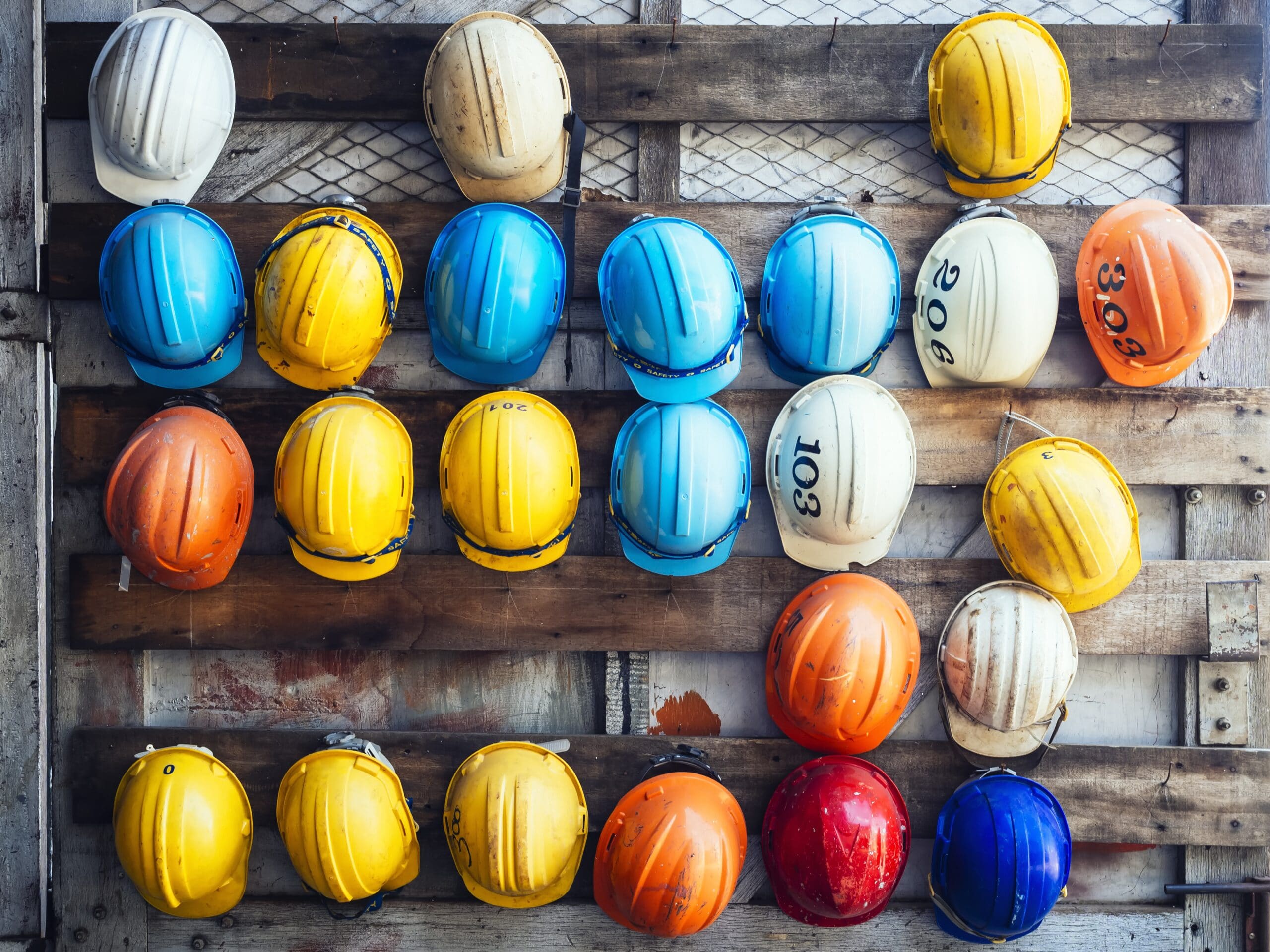In Australia, accidents in the retail workplace cost millions of dollars per year in direct costs and loss of production. Every year many people suffer a long-term injury, which affects their ability to work and enjoy life. Some even die.
An accident at work affects people in more ways than just financial loss of income. There are several different ways that injuries or illnesses at work can be a cost or burden. These include:
– Human burdens: When a person is injured there will be pain, suffering and discomfort for them and possibly others.- – Social burdens: An injury can affect the person, their family and other people because of factors such as loss of income, emotional worry and the inconvenience of being unwell or unfit. A change in lifestyle or family tasks may be required.
- – Economic burdens: Medical costs, the need for financial compensation and loss of normal wages all affect injured workers and their families. This may impact on an individual’s financial responsibilities such as repayment of loans or commitments.
- – Organisational burdens: The loss of an employee whilst they are injured affects the workplace and the team’s ability to carry on working productively. Accidents, investigations, team members meetings, replacement team members and retraining all affect the productivity of the remaining team members at the workplace. The employer may also face significant additional costs because of these.
For the above mentioned reasons as well as legislative obligations maintaining a safe work environment is paramount.
Hazards
A hazard is any situation with the potential to cause injury or illness, or in the case of dangerous goods, damage to property.
Safety in the retail workplace can be difficult because customers and visitors come in and out all day. Customers may move stock around, place items in the wrong spot and spill food and drink on the floor. Vendors may leave deliveries in the middle of walkways.
A hazard is normally considered to be one of the following:
- Unsafe Act – An unsafe act is an action that an employee does (or fails to do), which has the potential to cause injury or disease. For example: lifting unsafely, not using protective equipment.
- Unsafe Condition – This is a situation that has developed from human or non-human sources that has the potential to cause injury or disease. For example: torn carpet, unsafe display, spillage on the floor.
Types of Workplace Hazards
Hazards can fall under several categories including:

How to Identify Hazards in the Workplace
There are a number of methods adopted by organisations to identify hazards in the workplace. These include:
- – External audits: external audits may be carried out by a third party. External audits are useful as they will highlight areas that may have otherwise been missed by the internal team that have become accustomed to their workplace surroundings.
- – Observation: Internal observational checks should form part of a daily routine. Many organisations use some form of hazard checklist this allows for trend analysis.
- – Reports from employees: Incident reports, verbal communication highlighting a hazardous situation can be a good way to highlight a hazard quickly.
- – Formal inspections: Formal inspections may be carried out by internal personnel such as health and safety office or by external governing body such as WorkSafe. Formal inspections are good to ensure all areas of the organisation are thoroughly reviewed.
- – Consultation with employees: Regular consultation with employees allows for feedback on hazardous situations that management may not otherwise be aware of.
- – Statistics review: Reviewing statistics from worker’s compensation, incident reports, accident reports and inspections can highlight reoccurrences and trends.
- – Testing: Testing hazards such as noise and equipment can serve to identify issues before they become too dangerous.
How to Prevent Hazards in the Workplace
When a hazard is identified it should be isolated immediately and the manager or health and safety representative informed. The manager will then assess the issue and eliminate any hazard that could injure workers.
Regular workplace inspections are another important factor in preventing hazards. A workplace inspection should include:
- – Listening to the concerns of workers and supervisors.
- – Gaining further understanding of jobs and tasks.
- – Identifying existing and potential hazards.
- – Determining underlying causes of hazards.
- – Monitoring hazard controls (personal protective equipment (PPE), engineering controls, policies, procedures).
Recommending corrective action.
Looking to learn the art of effective Strategising? The ARA Retail Institute provides leading accredited training options including workshops and masterclasses in developing an effective merchandising strategy. Have a look at our classes below:
{{cta(‘9c8ef3db-89f9-4d9c-b4c0-bfd5d0a76556’)}} {{cta(‘9f97379c-6727-4d1e-8d11-7100c464a830’)}} {{cta(‘9f097306-d766-4cb6-ae6c-15ddc8b0718e’)}}





















